VW CRACK METER VWCM-4000
VWCM-4000 crack meters are used to measure movement across surface cracks and joints in concrete, rock, soil and structures.
They consist of a sensor outer body tube and an inner free-sliding rod which is connected at the internal end to a vibrating wire sensor by a spring. At the sensor end of the outer body and the external end of the rod anchors are attached which can be fixed either side of a crack to be monitored.
Categories: Geo-Structural Instruments, Joint and Crack meters
Description
The gauge operates on the principle that a tensioned wire, when plucked, vibrates at its resonant frequency. The square of this frequency is proportional to the strain in the wire. Around the wire is a magnetic coil which when pulsed by a vibrating readout or data logger interface plucks the wire and measures the resultant resonant frequency of vibration.
A change in distance between the anchors caused by the crack opening or closing causes the inner free-sliding rod to move within the outer body which changes the tension on the spring and the vibrating wire thus altering the resonant frequency of the wire.
VWCM-4000 crack meters are installed by grouting, bolting, bonding or fixing expandable anchors to the structure to be monitored. The anchors incorporate ball joints where they are fixed to the gauge to accommodate any differential cross-axis movement and prevent the inner rod from binding within the outer casing.
Additional information
| Brands | |
|---|---|
| Ranges |
5, 12.5, 25, 50, 100, 150, 200, 300mm |
| Resolution |
<0.025% FS |
| Accuracy |
±0.1% FS |
| Non-linearity |
<0.5% FS |
| Frequency range |
1650 – 2700 Hz |
| Waterproof rating |
16 bar |
Reviews (0)
Be the first to review “VW CRACK METER VWCM-4000” Cancel reply
About brand
Geosense Ltd is one of Europe’s leading manufacturers and suppliers of instruments to the geotechnical, civil engineering, mining and environmental industries.
Geosense products are used globally in major projects in more than 68 countries. With a comprehensive in-house design and manufacturing capability, we can provide products not only to tight deadlines but also to suit custom-engineered solutions for specific project requirements.
Geosense specialises in the manufacture of vibrating wire and MEMS sensors, which are used to produce a wide range of instruments. In addition we manufacture automated data acquisition systems to complement our sensors, including wireless systems.
Data Sheets
Related products
IPX IN-PLACE EXTENSOMETER
In stock
Rated 0 out of 5
The In-Place Extensometer (IPX) offers automated monitoring of standard magnetic extensometer installations. The system is designed for a simple, adaptable installation with a single cable connection at the top of the borehole. Its large measurement range accommodates large levels of settlement or heave, and ease of adjustment means it can be reconfigured for changed site conditions such as embankment filling or cutting.
BOREHOLE ROD EXTENSOMETER
In stock
Rated 0 out of 5
The Geosense® GEO-XB2 borehole rod type extensometer range is used to measure and locate settlement, displacement and deformation in soil and rock.
It consists of a reference head and one or more in-hole anchors each of which is placed at a known depth and connected to the reference head by either a rigid or flexible rod running inside a flexible sleeve, which keeps the rod de-bonded from the grout.
PRESSURE TRANSDUCER VWT-9000 SERIES
In stock
Rated 0 out of 5
The Geosense® VWT-9000 Series of Pressure Transducers are designed to be connected directly into hydraulic or pneumatic pressure lines by means of a 1/4” BSPF thread. Other thread sizes are available on request.
They are typically used to monitor uplift pressures within dams and to enable manual standpipe piezometers to be upgraded into an automated data acquisition system.
TRIAXIAL TILT SENSOR NODE
In stock
Rated 0 out of 5
WATER LEVEL METER
In stock
Rated 0 out of 5
INCLINOMETER CASING QJ
In stock
Rated 0 out of 5
INCLINOMETER SPIRAL SENSOR
In stock
Rated 0 out of 5
MAGNETIC EXTENSOMETER GXM RANGE
In stock
Rated 0 out of 5
The GEO-XM settlement system is a magnet extensometer system used typically to monitor settlement and heave in foundations, excavations and embankments.
Data received identifies the depth and position where settlement has occurred as well as the total amount of settlement.
It can also be installed behind retaining structures, such as sheet piles and slurry walls, and above underground openings, such as tunnels and shafts.



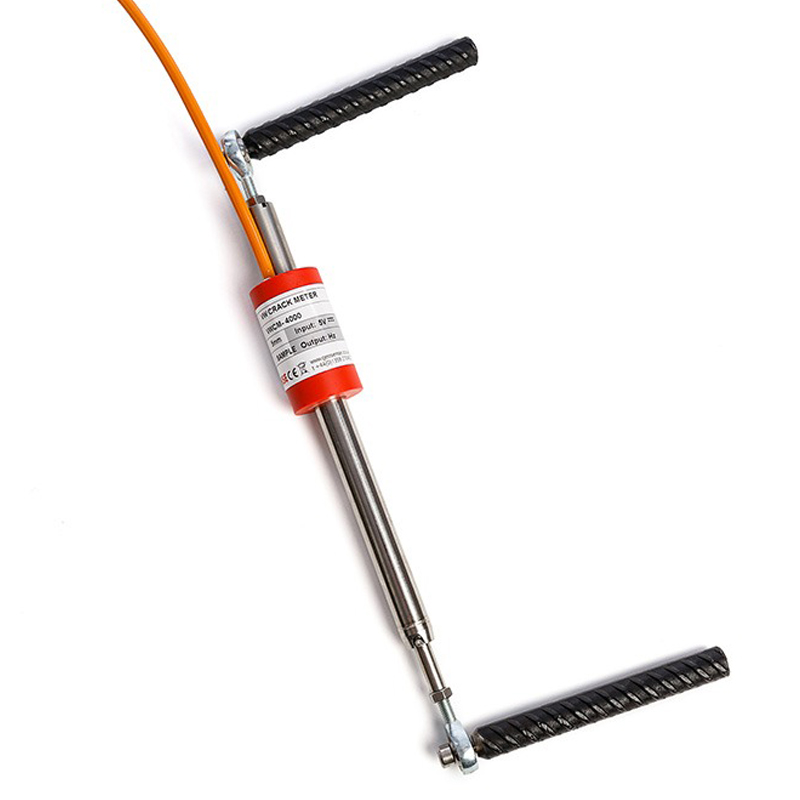
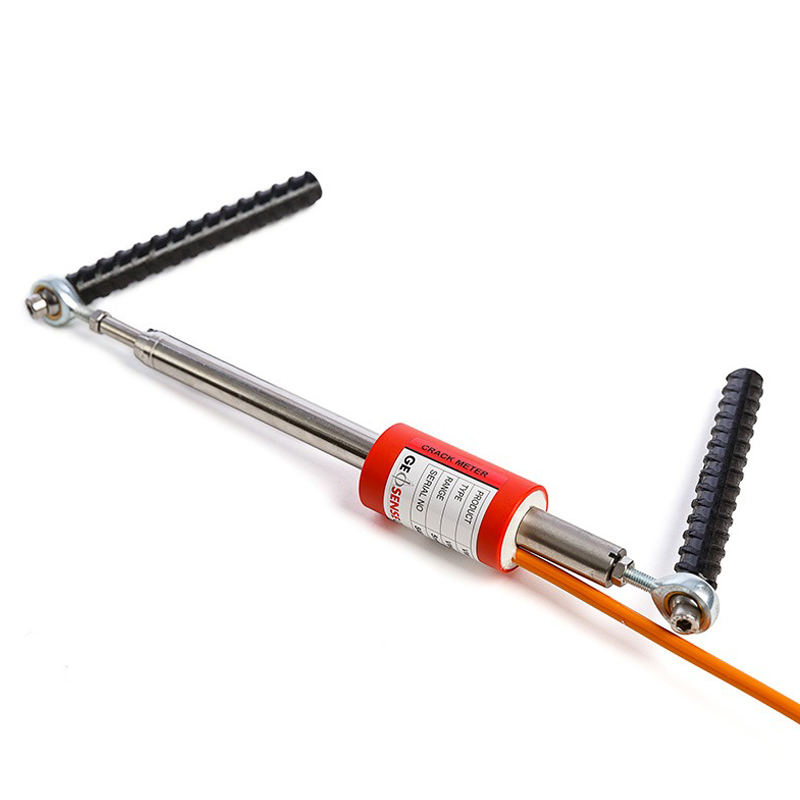
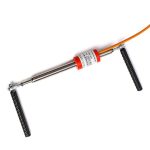
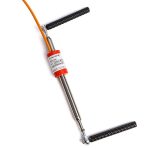

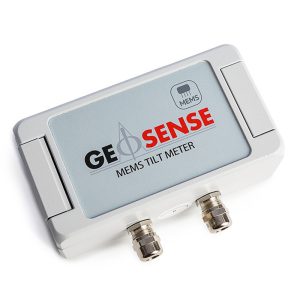
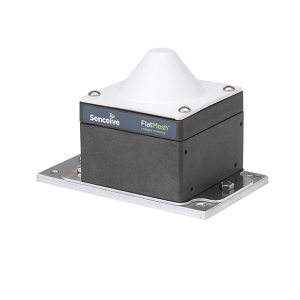
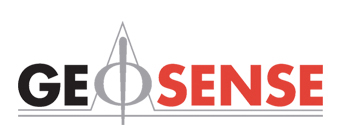
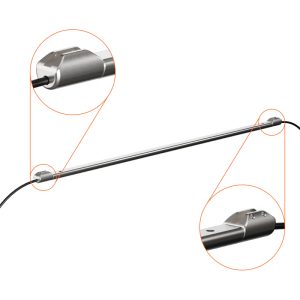
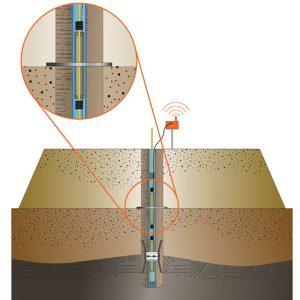
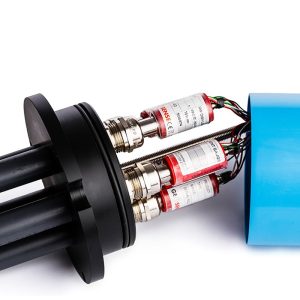
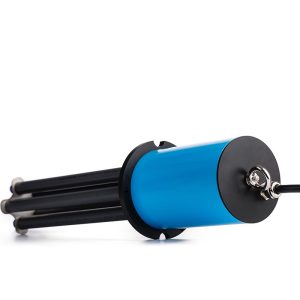
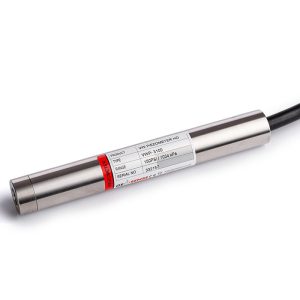
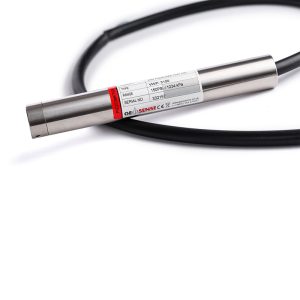
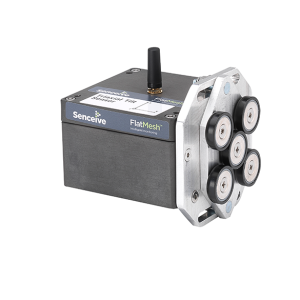
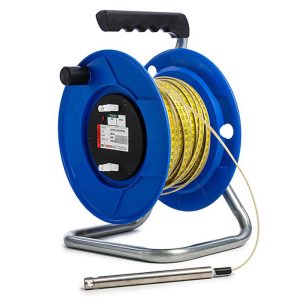
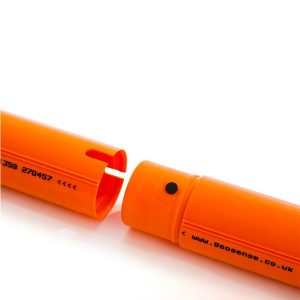
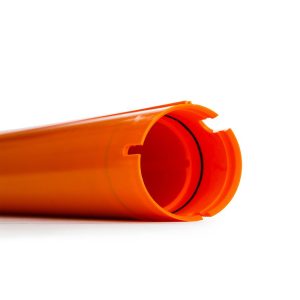
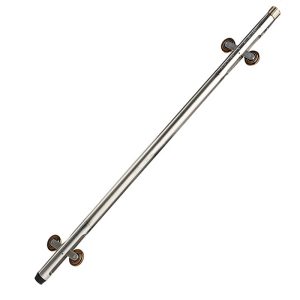
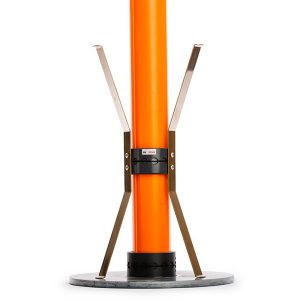
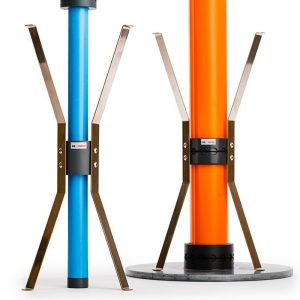
Reviews
There are no reviews yet.